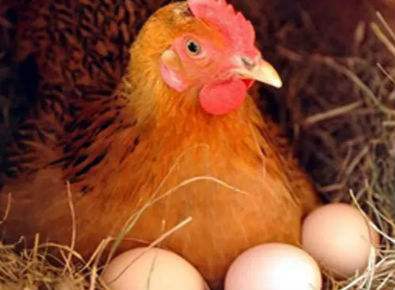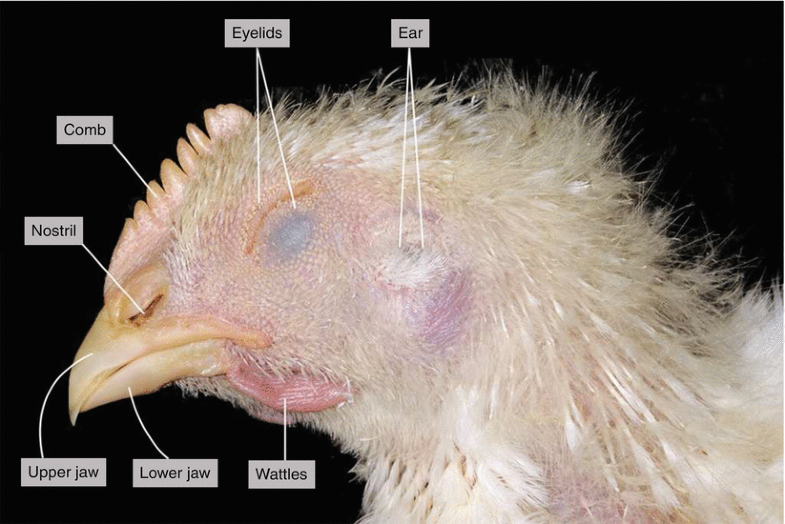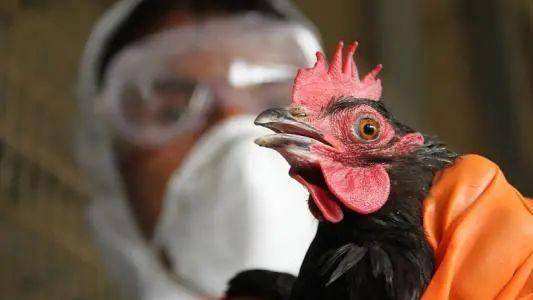Why light is the key factor to rear healthy Poultry?
Fowls are tetrachromat and you should get to know their physiology if you want to understand why.



How Fowls sense Light?
Four colors of light rays can be sensed by retina of fowls eyes while red or infrared lights can also penetrate the skull of fowl and be sensed by photo-receptors in hypothalama of fowls (read fig. below). These sensed message of colorful light rays with specific spectrum focused will be passed to pineal gland where commanding messages will be delivered to the target receptors of vital organs of fowls through the nervous system network. Diversified of hormones for maintaining or accelerating specific physiological activities will be secreted during different stages of life span of fowls. Scientists testify certain physiological activity will become more active under exposure with specific spectrum of light rays. For instant, calcium absorption in intestine of fowls will become very slow without exposure under ultra violet (UVB) light rays. The follwoing diagram demonstates how the physiological activities are affected by tetrachromatic light rays in certain stage of life cycle. That is why PhysLite can provide certain tetrachromatic lighting program to help improve the fowls welfare and boost the productivity of poultry farm.

A chicken's eyes are situated in the sides of its head, which means that they see an 300 degrees all them.
Chicken can sense small light fluctuation or flicker that is imperceptible to humen eyes and their pineal gland enables them to sense the absence and presence of light.
A chicken's eyes are so sensitive that they experience flurescent light differently than other lights like PhysLite LED's.
Some of Research for Reference

Reference Sites to Improve Welfare of Poultry
PhysLite lists the following organizations at least & not limited who are persuing to improve the poultry welfare for your reference with our respect and endorsment.

Reference Sites to Research on How Light Affect Poultry
Hereby lists some of articles that focuses on how light affects the physiology of poultry, and how specific lighting program does improve poultry welfare and poultry farm output.
Want to be PhysLite Academic Partner?
❝
•A chicken’s eyes are about 10% the entire mass of its head.
•Chickens can see 300 degrees around because their eyes are in the sides of their heads.
•Chickens are tetrachromatic. They have 4 types of cones that let them see red, blue, and green light, as well as ultraviolet light. Therefore, they see many more colors and shades than we do.
•Chickens have an additional double-cone structure that helps them to track movement.coopeduplife
❝
• Because their eyes are so sensitive, they can see tiny light fluctuations that are imperceptible to humans. Fluorescent lighting to chickens is like strobe lighting to us, so they often become irritable under these lights.
• Chickens can sense the presence or absence of light through the pineal gland in their head, so even an entirely blind bird can still sense daylight or seasonal change.
• Chickens have a third eyelid called the nictating membrane that slides horizontally over the eye to protect it from dust and debris.
coopeduplife
❝
• Chickens can use each eye independently on different tasks simultaneously.
• Chickens have mono-vision. The left eye is far sighted, and right is near sighted. This is the result of turning themselves
in the egg so that the right eye is exposed to light through the shell, while the left is not, because it’s directed toward the body.
• Chickens have terrible night vision because they evolved from dinosaurs instead of around dinosaurs, and essentially never spent millennia hiding in the dark.
coopeduplife
What Are You Waiting For?
Act immediatly to do something to improve the poultry welfare...
